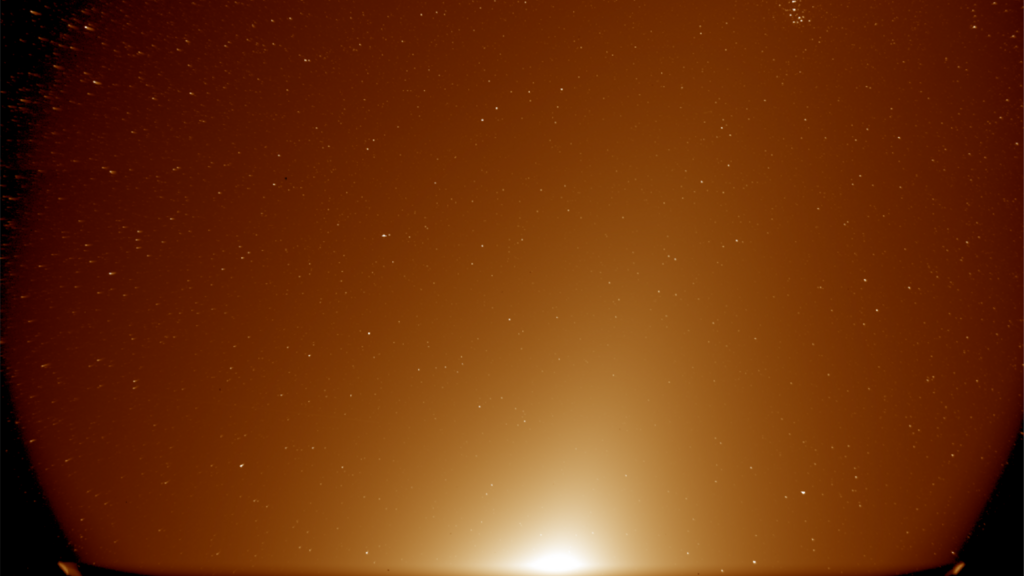New AI Program Classifies Planets and Predicts Probability of Life

Researchers have developed a new technique that uses artificial intelligence to classify planets and, in turn, determine whether life may exist on other worlds.
The new technique uses so-called artificial neural networks, known as ANNs, to classify planets, based on whether they resemble present-day Earth, early Earth, Mars, Venus or Saturn's largest moon, Titan. These five bodies are among the most potentially habitable objects in our solar system and are therefore associated with a certain probability of life, according to a statement from the European Week of Astronomy and Space Science conference.
While Earth is still the only world known to support life, the new data could help astronomers plan future interstellar exploration missions to planets that are more likely than others to host alien life, the researchers said in the statement. [10 Exoplanets That Could Host Alien Life]
"We're currently interested in these ANNs for prioritizing exploration for a hypothetical, intelligent, interstellar spacecraft scanning an exoplanet system at range," Christopher Bishop, a researcher from the Centre for Robotics and Neural Systems at Plymouth University, said in the statement.
ANNs are computer systems that essentially mimic the human brain's learning process. They have proven to be particularly useful for sorting through and identifying patterns in vast amounts of data that would otherwise be too complex and time-consuming for scientists to process, researchers said in the statement.
In this case, the ANNs are fed atmospheric observations, also known as spectra, from present-day Earth, Mars, Venus, Titan and predictions for early Earth — all of which are rocky bodies that have characteristics that suggest the right conditions to support life, according to the statement.
However, since life has yet to be discovered outside of Earth, the ANNs classify planets using a "probability of life" measurement that is based on the atmospheric and orbital properties of the five target bodies in our solar system, the researchers said.
Get the Space.com Newsletter
Breaking space news, the latest updates on rocket launches, skywatching events and more!
Based on these spectral profiles, the ANNs can predict the habitability of numerous planets, and, as a result, save researchers time by allowing them to focus only on the most promising targets. This technique has been successful for categorizing new planets, according to the statement.
"Given the results so far, this method may prove to be extremely useful for categorizing different types of exoplanets using results from ground-based and near-Earth observatories," Angelo Cangelosi, a supervisor of the project, who is also from the Centre for Robotics and Neural Systems at Plymouth University, said in the statement.
The researchers hope to apply this technique to data collected during upcoming missions such as NASA's James Webb Space Telescope and the European Space Agency's ARIEL (Atmospheric Remote-sensing Exoplanet Large-survey) space mission.
Their findings were presented today (April 4) at the European Week of Astronomy and Space Science conference in Liverpool, England.
Follow Samantha Mathewson @Sam_Ashley13. Follow us @Spacedotcom, Facebook and Google+. Original article on Space.com.
Join our Space Forums to keep talking space on the latest missions, night sky and more! And if you have a news tip, correction or comment, let us know at: community@space.com.

Samantha Mathewson joined Space.com as an intern in the summer of 2016. She received a B.A. in Journalism and Environmental Science at the University of New Haven, in Connecticut. Previously, her work has been published in Nature World News. When not writing or reading about science, Samantha enjoys traveling to new places and taking photos! You can follow her on Twitter @Sam_Ashley13.









